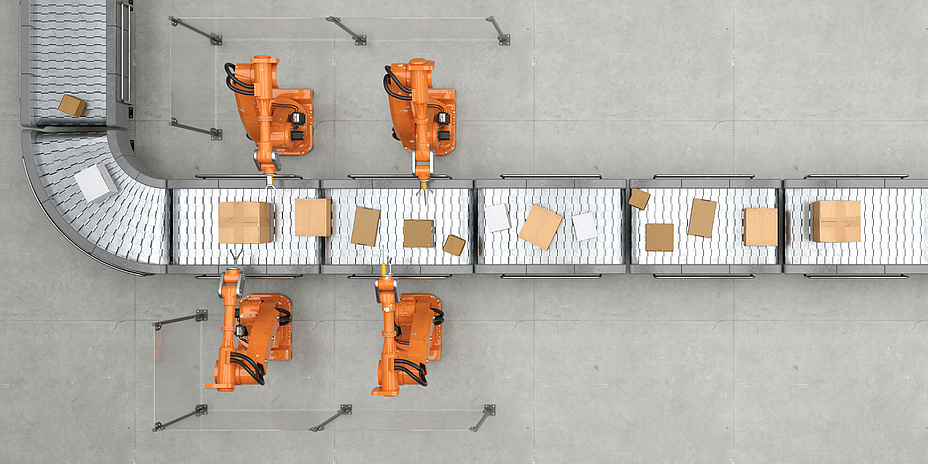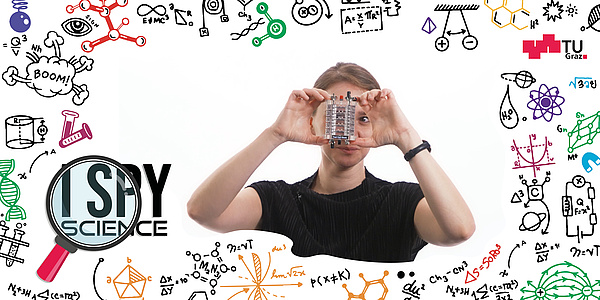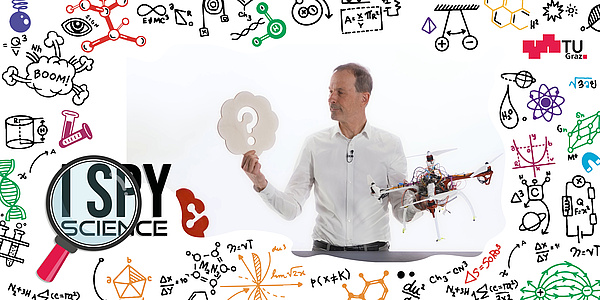Employee Satisfaction as a Factor for Increasing Efficiency in Parcel Logistics

Punctual and reliable delivery of parcels is important to all online customers. But it is easy to lose sight of the fact that there are many people behind a delivery. Not least in the parcel hubs, the people working there are required to perform physically strenuous work with a high level of concentration in order to cope with the sometimes high volume of parcels without delays or incorrect deliveries occurring. Due to the ever-increasing number of parcels and peak periods such as Christmas, the topic of social sustainability has become increasingly important in logistics. In the area of parcel hubs, this is primarily about physical well-being and fair working conditions. Research is also dedicated to this topic, for example Harald Steinkellner at the Institute of Logistics Engineering at Graz University of Technology (TU Graz) is working on this in his doctoral thesis.
The right balance
“The term social sustainability is not so easy to define, as it encompasses many aspects that become relevant in areas where people are at the core,” says Harald Steinkellner. “It’s not just about physical strain, but also about fair working conditions, equality, having a say, and access to resources. On the other hand, efficiency is required in parcel hubs, so it’s important to find the right balance here.”
Especially in the case of parcel hubs, the so-called discrete event simulation is particularly suitable for determining how different parameters affect each other. In such a simulation, a list of events is virtually run through in the computer, with certain events being able to trigger new future events. Complex logistics systems can be mapped virtually very well this way and therefore the simulation can help to test and improve the layout and operating strategies of parcel hubs without disrupting real operations.
The search for influencing factors
In order to keep employees’ working conditions as free of unnecessary stress as possible, the researchers at the Institute of Logistics Engineering first had to identify the potential influencing factors. These include external influences such as temperatures or noise. And then comes the actual work, where every step of the process is scrutinised. For example, a parcel can weigh up to 30 kilograms, which raises the question of how many parcels of what kind of weight a person has to lift and turn when loading and unloading containers or chutes. Equally relevant are the distances that employees travel within the hub.
“It’s also about taking certain situations into account, especially stressful situations like at Christmas time. Then the number of parcels multiplies and employees are confronted with peak loads. This leads to increased stress and the question for us is how these stressful situations can be minimised,” says Harald Steinkellner. This is possible, for example, through better shift planning or better distribution of the parcels onto the chutes, which are emptied by the employees in order to load the consignments into containers. The optimised distribution should ensure that not only all workers have roughly the same amount of parcels to handle, but that the distribution of heavy and light consignments is also fair, so that no one person gets to lift the heavy loads exclusively.
Better results despite lower throughput
Harald Steinkellner is in favour of involving employees so that their experiences can be incorporated into the planning of a more efficient process. However, this also requires the employer to take a step that might only seem disadvantageous at first glance. Instead of focusing purely on the highest possible package throughput, the horizon should be broadened to include how people can work most efficiently. “At the end of the day, I may have a slightly lower throughput at first glance, but the increased employee efficiency can also lead to better results because people are simply fitter, happier and more active.”
Harald Steinkellner can allay concerns that people will simply be replaced by robots and that social sustainability will no longer be an issue due to the loss of employees. In his view, this will not be possible any time soon, as many tasks still require human dexterity as well as judgement and problem-solving skills. For him, the trend is moving towards Industry 5.0, in which machines do not replace people, but work processes are improved by people working together with advanced technology in the form of AI and robots. “The robots then do the physically heavy work and the humans take care of the tasks that require their skills,” says Harald Steinkellner.
This article is part of the TU Graz Dossier "Logistics - Getting everything from A to B“. You can find other dossiers at www.tugraz.at/go/dossiers.
Kontakt
Harald STEINKELLNER
Dipl.-Ing. BSc
TU Graz | Institute of Logistics Engineering
Phone: +43 316 873 7331
harald.steinkellner@tugraz.at




